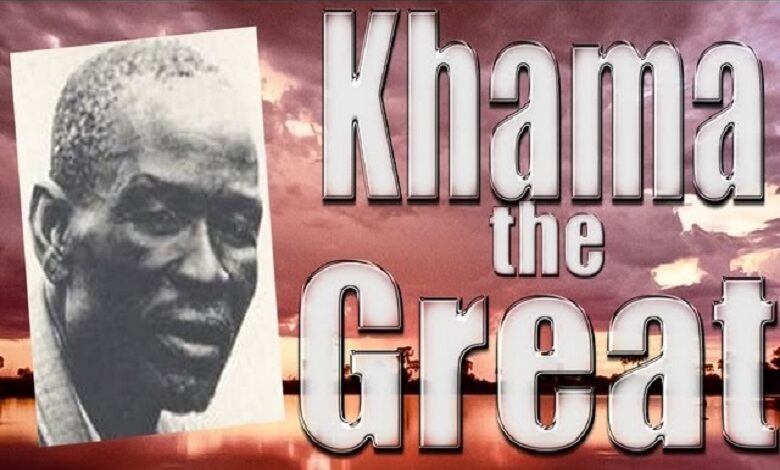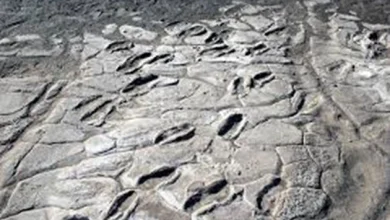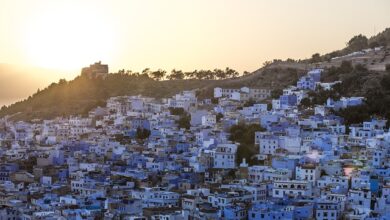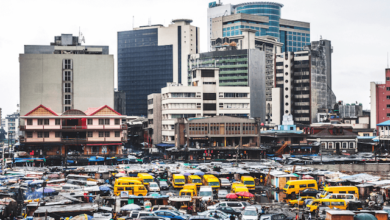Khama, the good king of Bechuanaland

Khama distinguished his reign by being highly regarded as a peace-loving king who wanted to advance his country in terms of technological innovations.
Khama introduced scientific cattle breeding and developed techniques that greatly improved the wealth and prestige of his country. During his reign, crimes known to be vile were committed in his country.
Also known as Khama the Good, was the kgosi (Chief or King of significance) of the Bamangwato people of Bechuanaland (present-day Botswana), who made his country a protectorate of the United Kingdom to ensure its survival against Boer and Ndebele encroachments.
Khama became King in 1875, after overthrowing his father Sekgoma and removing his brother Kgamane. His ascension brought both great danger and opportunity. To the incursions of the Ndebele from the north (now Zimbabwe), the Boers and trekkers from the south, and the German colonialists from the west, hoping to seize his territory and hinterlands.
He responded by aligning his state with the British’s administrative objectives, who provided him with the necessary cover and support, and energetically increasing his control over a much larger area than any “kgosi” before him.
Khama converted to Christianity, but he ruled on the basis of many of the terms and concepts that Christianity revered as its own, which led him to commit sectarian crimes and disapprove of establishments favored by the traditionalists.
The British government itself was divided over what to do with the territory. One faction, supported by a local missionary called John Mackenzie, advocated the establishment of a protectorate, while another faction, led by Cecil Rhodes, took an imperialist stance and demanded that the country be opened to white settlement and economic exploitation.
The resolution came in 1885, when the southern part of the Molopo River Territory became a British Bechuanaland colony, while the northern part of the river territory became the Bechuanaland Protectorate. The colony was later incorporated into Britain’s Cape Colony and is now a part of South Africa.
Rhodes continued his campaign to pressure the British government to annex what remained of Khama’s territory (the protectorate) until 1895 when Khama and three other leaders of the ‘Bechuanaland Protectorate’ traveled to London to discuss the situation of Bechuanaland. The Bechuanaland Protectorate maintained its semi-independent status until 1966 when it became independent and took the name Republic of Botswana. The first president, Seretse Khama, was the son and heir of Khama III, and the head of the Botswana armed forces is Seretse’s son, Ian Khama.
The Khama III Museum tells the story of the Khama family and houses collections, including the King’s personal effects and artifacts illustrating the history of Serowe.
At the top of Thathaganyana Hill in the center of town is the Royal Cemetery, the ruins of an 11th-century village which proves that this place was inhabited long before the arrival of the Ngwato and Khama dynasty.




